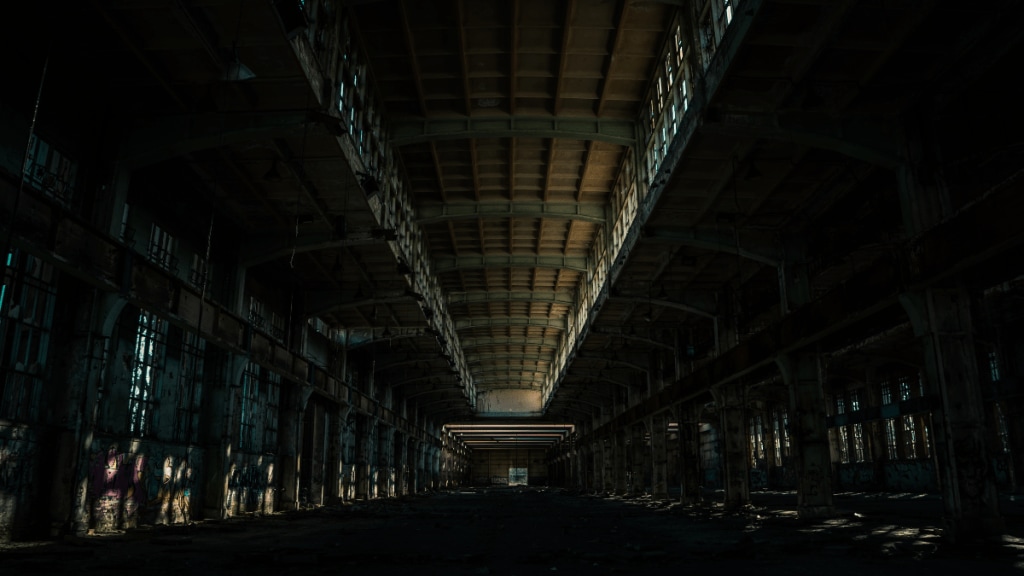By Kashish Arora and Sripad Devalkar
The increasing demand for instant deliveries has fueled the growth of Quick commerce in India. Companies like Zepto, Blinkit and Swiggy Instamart which initially started as providing quick grocery deliveries, now promise to deliver items like mobile phones and other electronics in under 10 minutes. The Q-commerce business model utilises hyperlocal logistics and a network of strategically located ‘dark stores’ across the city. While similar business models have failed in other parts of the world (Getir, once valued at $ 11 billion, has wrapped up operation in the UK), the Indian market, with its high population density of the upper-middle-class population, has defied this trend. While these quick commerce companies currently dominate the landscape, other large firms like Flipkart, Amazon and BigBasket are vying to capture a share of the potentially massive market. We argue that achieving excellence in execution at scale is key to the profitability of the dark-store-led operational model.
Consider Zepto, for instance. Once a customer places an order, the platform’s algorithm assigns the order to the nearest dark store based on the customer’s location and delivery radius. The items in the order are picked, packed, and then delivered to the customer via delivery partners.
By strategically locating dark stores in the city based on historical demand information, it ensures that a typical dark store serves customer requests originating within a 3.5 Km radius. This approach significantly reduces driving times, even during rush hours, and assures the commitment to timely deliveries. The platform’s inventory management practices at its dark stores ensure optimal picking times, with a goal of no more than 90 seconds to pick and pack an order of 5 items. The dark store is divided into zones, and frequently ordered items are placed in easily accessible locations. Pickers use handheld devices that guide them to the correct location, improving accuracy and speed.
In addition to the order picking and delivery times, an equally important component is the wait time, both for a picker to start assembling an order coming to the store and a driver to collect the assembled order from the dark store. A significant challenge for Q-Commerce companies is managing these wait times. As pickers and drivers get busier, these wait times can increase exponentially, negating the commitment to a sub-10-minute delivery promise. To reduce wait times, a dark store would need more pickers and delivery personnel, which increases costs. Managing this cost versus delivery time trade-off is key for long-term profitability.
While the relatively low labour cost in India is a key enabling factor, it alone is not enough to explain the growth of Q-commerce firms. The other side of the equation is the high customer density in Indian cities, especially the tier-I cities where most of these companies today operate. The high customer density enables operations at scale. By scale, we do not mean the overall market demand either in terms of crores of rupees of gross order value or the volume of orders served by a Q-Commerce firm, which is still an important consideration. What we mean is the scale of operations at an individual dark store in terms of the number of orders handled per day. Why is the scale at an individual dark store important?
Insights from queueing theory tell us the trade-off between resource utilization and wait times can be overcome as the scale of operations at a dark store increases. As scale increases, resources required to keep wait times manageable increase less than proportionally – a dark store that sees three times the number of orders compared to another, doesn’t need thrice the staff as the other to ensure the same wait times! Effectively, the cost per order comes down as scale increases, without sacrificing the delivery time commitment. The strategic location of dark stores thus matters not just in terms of distance to customers but also in ensuring sufficient demand in the neighbourhood of the dark store’s location.
As these businesses launch operations to tier-2 cities such as Vadodara, Bathinda and others achieving scale at individual dark stores can become challenging given the lower density of customer demand. The challenge of achieving scale can be mitigated by strategically locating the stores to pool demand across different neighbourhoods which together may have enough demand. This will lead to longer distances for delivery personnel to travel, increasing travel times. However, the operational model can be adapted with changes in the customer promise (18-minute delivery, anyone?).
With the use of technology to analyze demand patterns optimise stocking and picking processes and continually update delivery routes as traffic patterns change, the quick commerce industry focuses on continually improving execution. This laser focus on continuous improvement of operational execution will be key to long-term growth and profitability.
The authors are assistant professor and associate professor in operations management, Indian School of Business. Views expressed are personal and not necessarily those of financialexpress.com.
